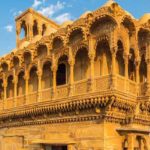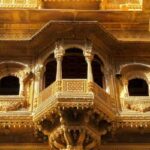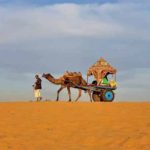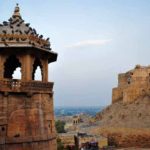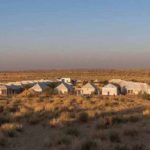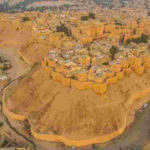Desert Mystic tour Jaisalmer
Jaisalmer is a former medieval trading center and a princely state in the western Indian state of Rajasthan, in the heart of the Thar Desert. Known as the “Golden City,” it’s distinguished by its yellow sandstone architecture. Dominating the skyline is Jaisalmer Fort, a sprawling hilltop citadel buttressed by 99 bastions. Behind its massive walls stand the ornate Maharaja’s Palace and intricately carved Jain temples.
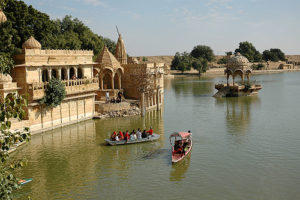
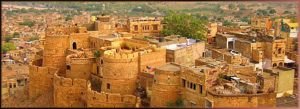
Jaisalmer Fort: Jaisalmer Fort is situated in the city of Jaisalmer, in the Indian state of Rajasthan. It is believed to be one of the very few “living forts” in the world, as nearly one fourth of the old city’s population still resides within the fort
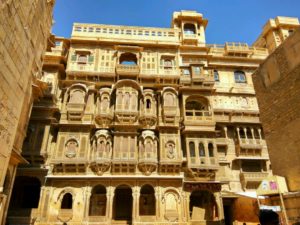 Patwon Ki Haveli: Haveli is a traditional townhouse or mansion in India, Pakistan, Nepal and Bangladesh, usually one with historical and architectural significance. The word haveli is derived from Arabic hawali, meaning “partition” or “private space” popularised under Mughal Empire and was devoid of any architectural affiliations.
Patwon Ki Haveli: Haveli is a traditional townhouse or mansion in India, Pakistan, Nepal and Bangladesh, usually one with historical and architectural significance. The word haveli is derived from Arabic hawali, meaning “partition” or “private space” popularised under Mughal Empire and was devoid of any architectural affiliations.
Bada Bagh : Barabagh is a garden complex about 6 km north of Jaisalmer on the way to Ramgarh, in the state of Rajasthan in India. Overlooking a mango grove sits a set of royal cenotaphs, or chhatris, of Maharajas of Jaisalmer state, starting with Jai Singh II
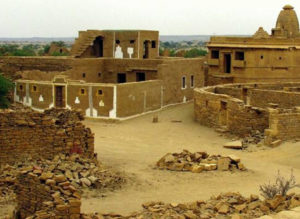 Kuldhara Jaisalmer: Kuldhara is an abandoned village in the Jaisalmer district of Rajasthan, India. Established around 13th century, it was once a prosperous village inhabited by Paliwal Brahmins. It was abandoned by the early 19th century for unknown reasons, possibly because of dwindling water supply, or as a local legend claims, because of persecution by the Jaisalmer State’s minister Salim Singh. A 2017 study suggests that Kuldhara and other neighboring villages were abandoned because of an earthquake.
Kuldhara Jaisalmer: Kuldhara is an abandoned village in the Jaisalmer district of Rajasthan, India. Established around 13th century, it was once a prosperous village inhabited by Paliwal Brahmins. It was abandoned by the early 19th century for unknown reasons, possibly because of dwindling water supply, or as a local legend claims, because of persecution by the Jaisalmer State’s minister Salim Singh. A 2017 study suggests that Kuldhara and other neighboring villages were abandoned because of an earthquake.
Rajasthani Folk Dance and Dinner

